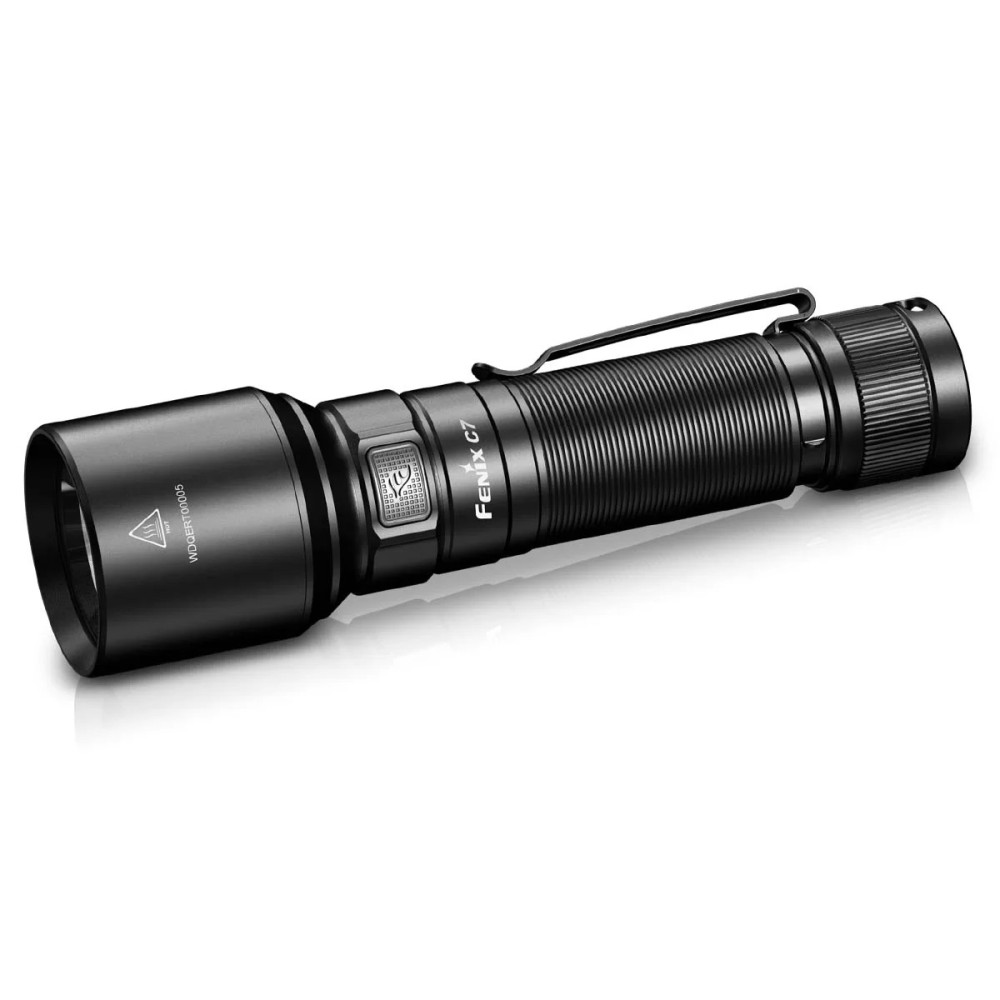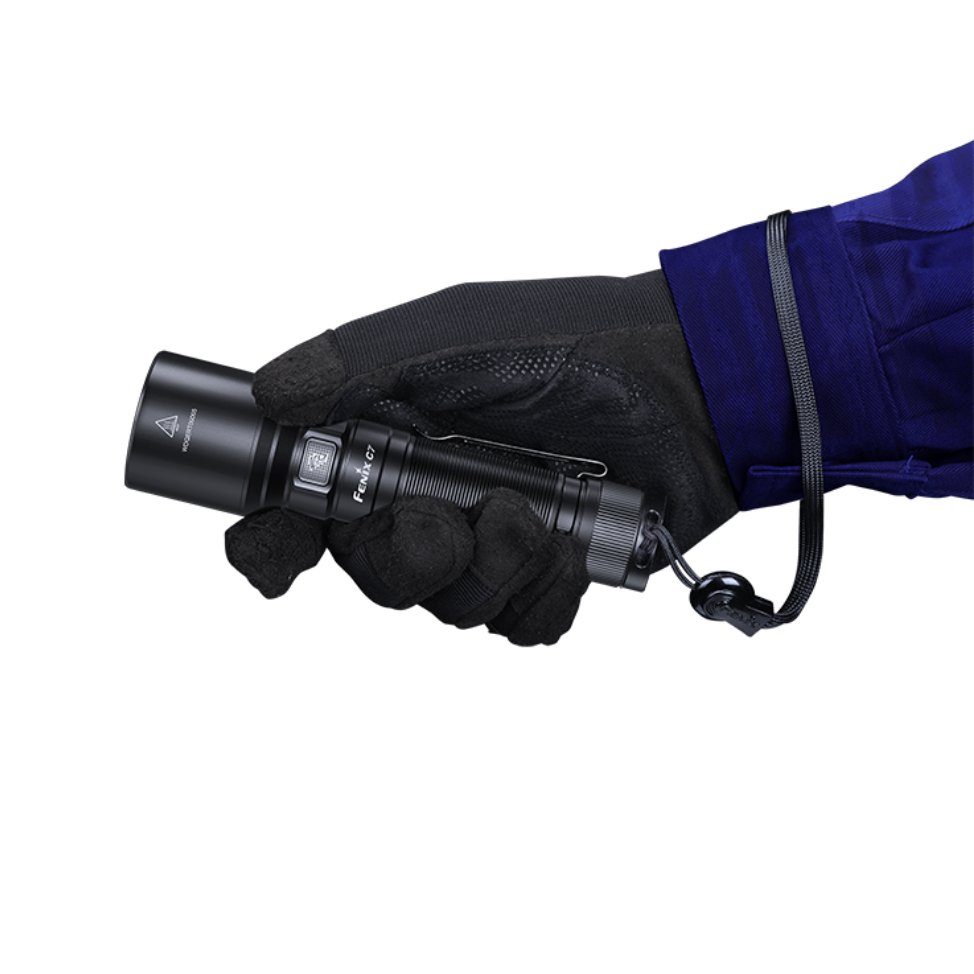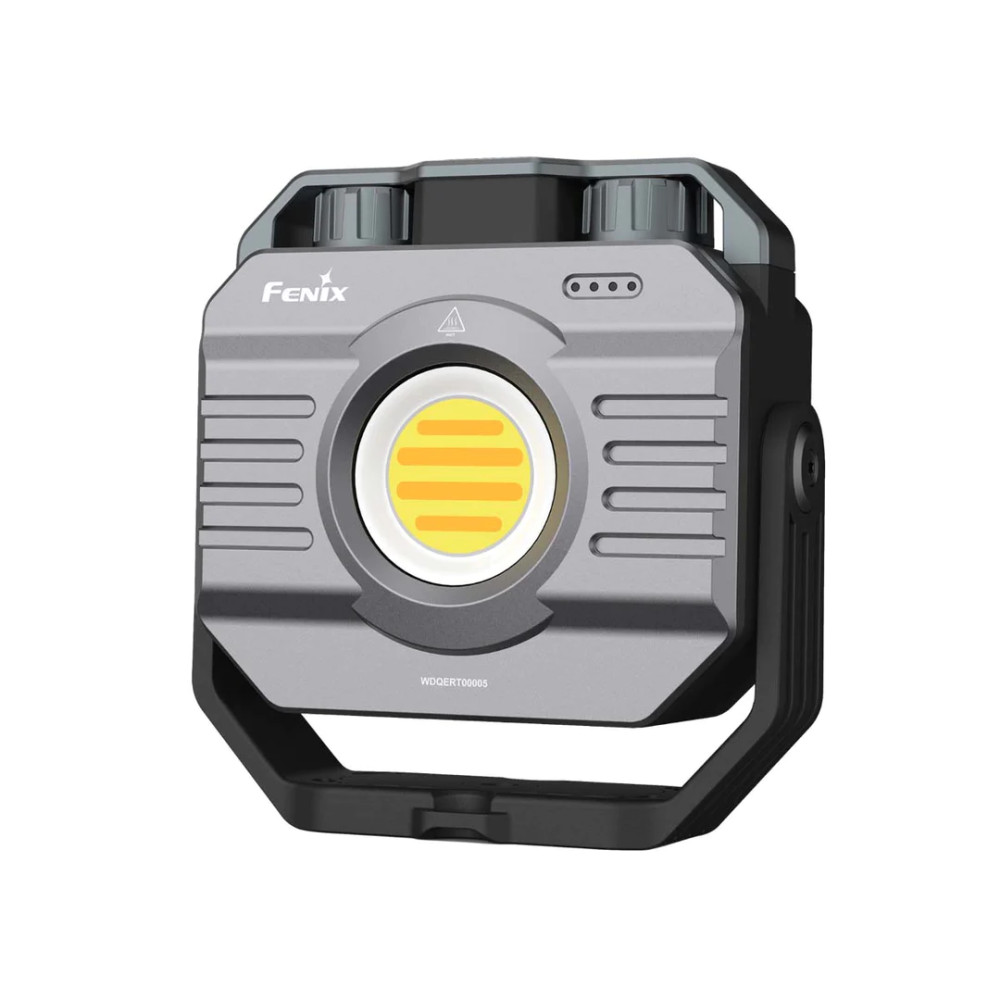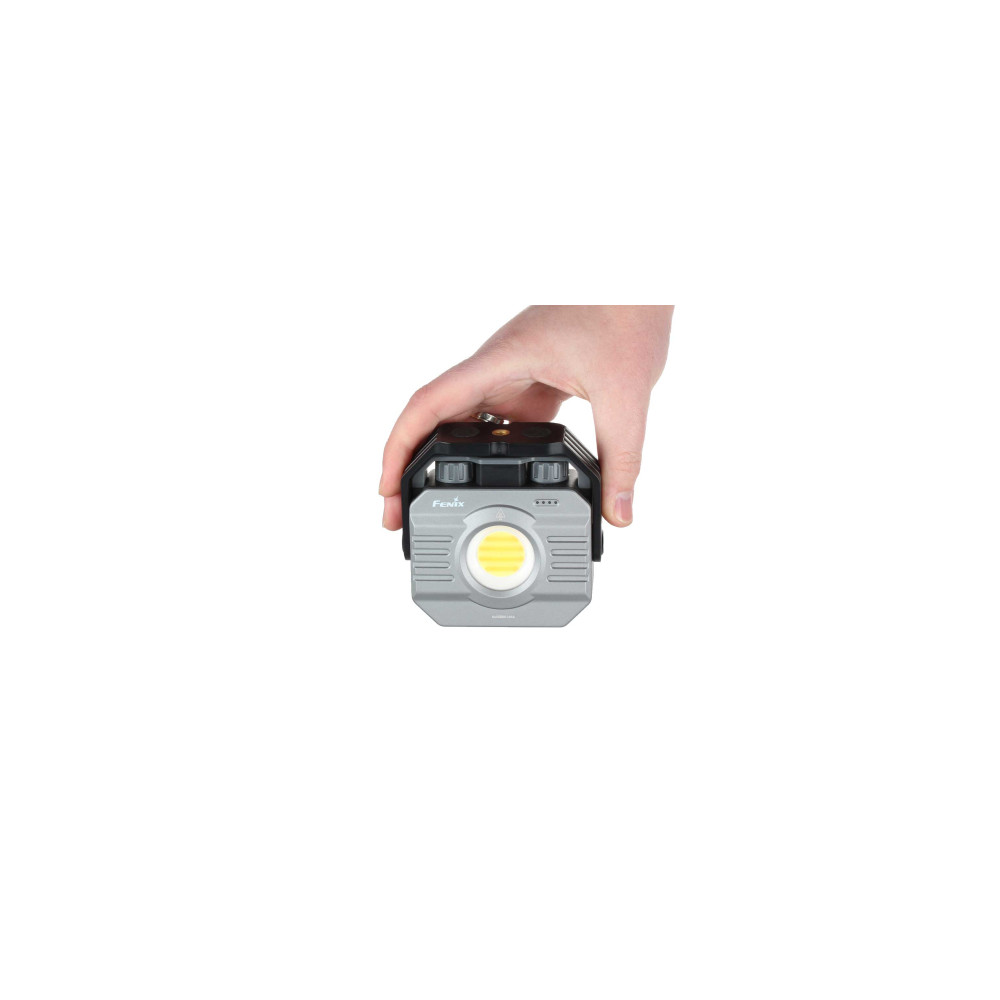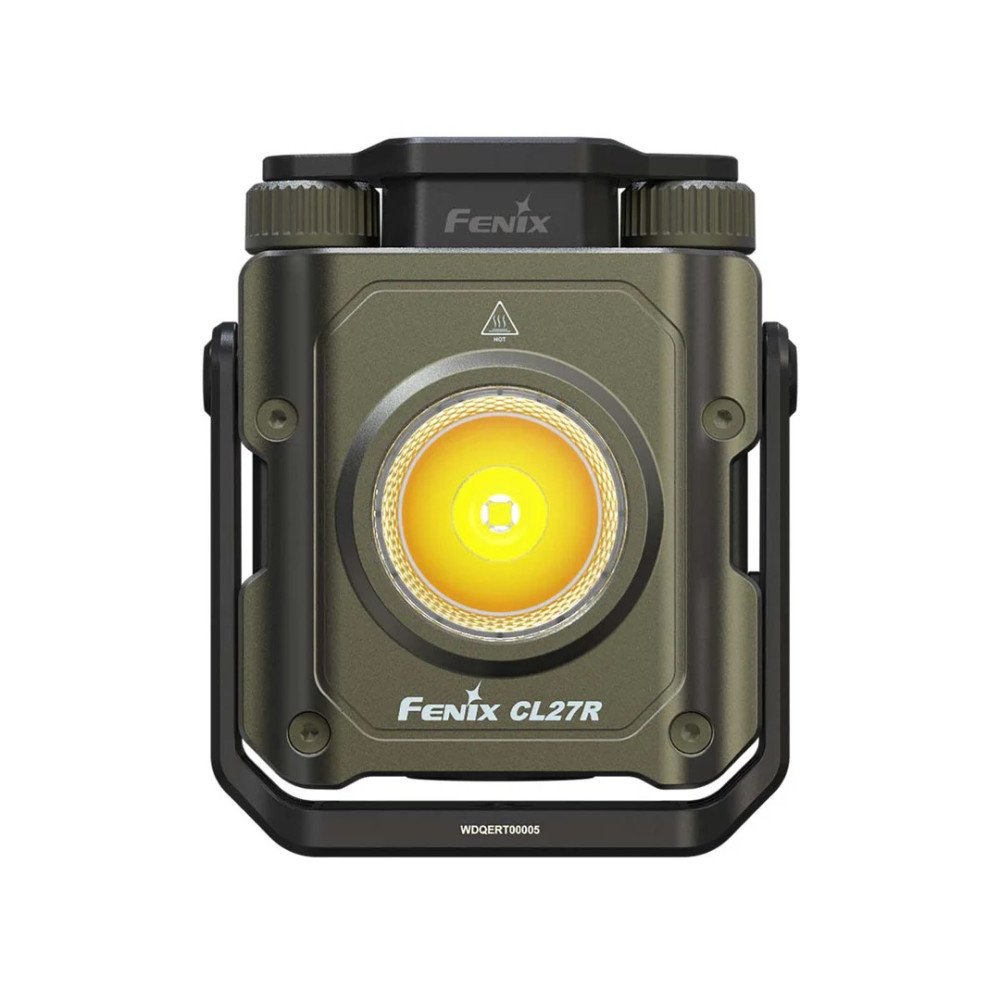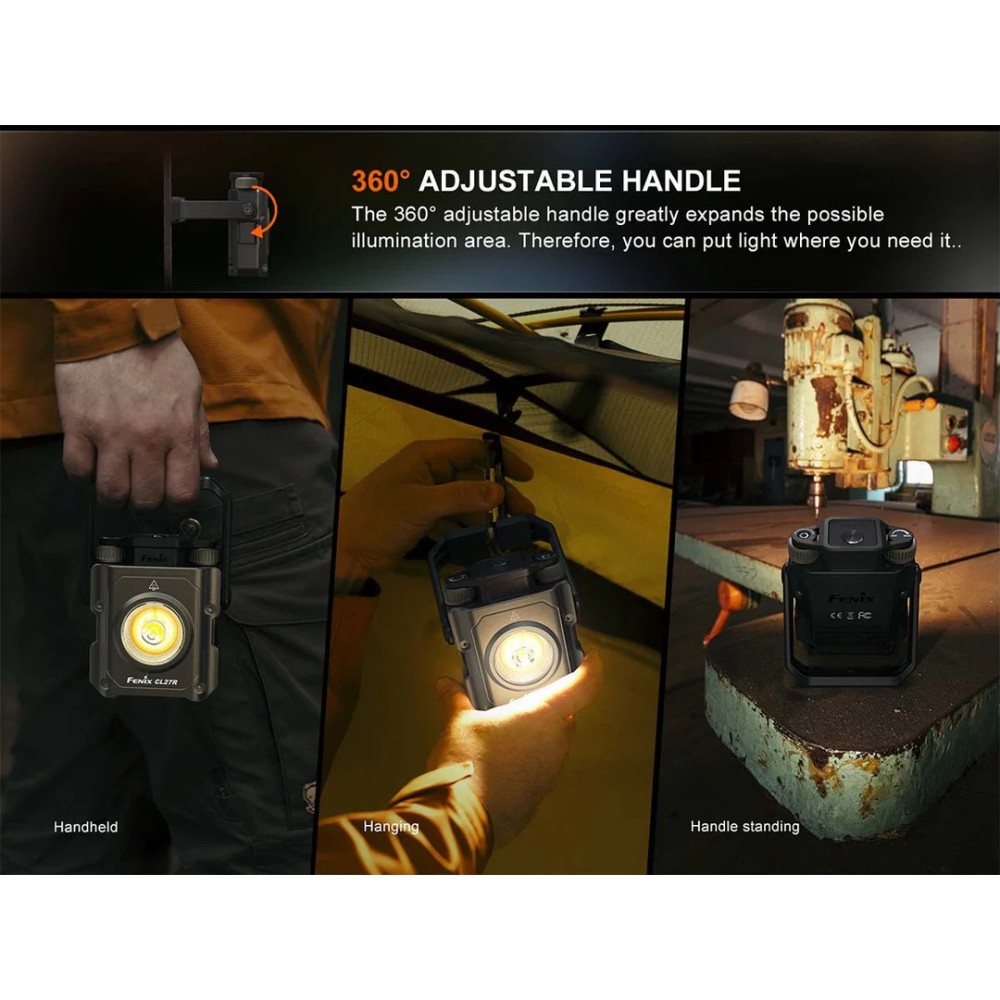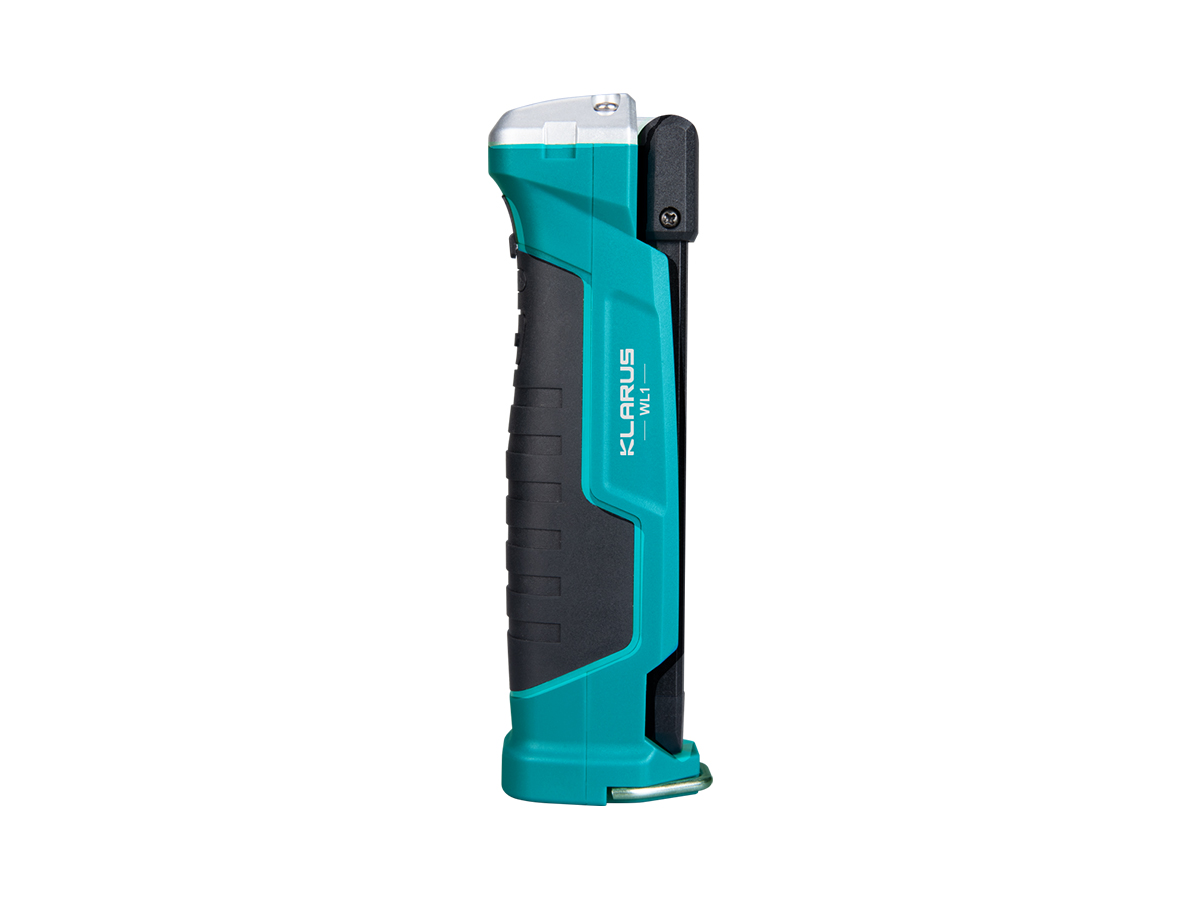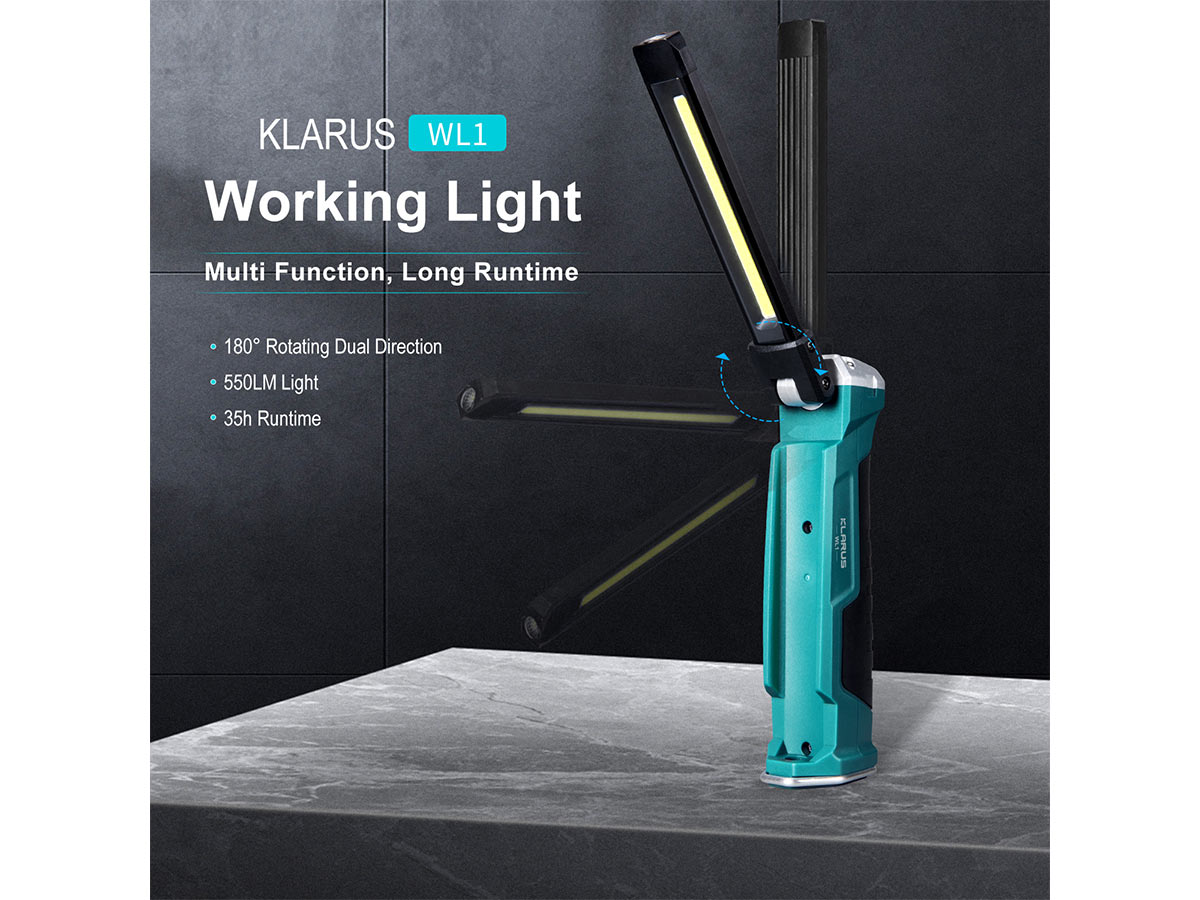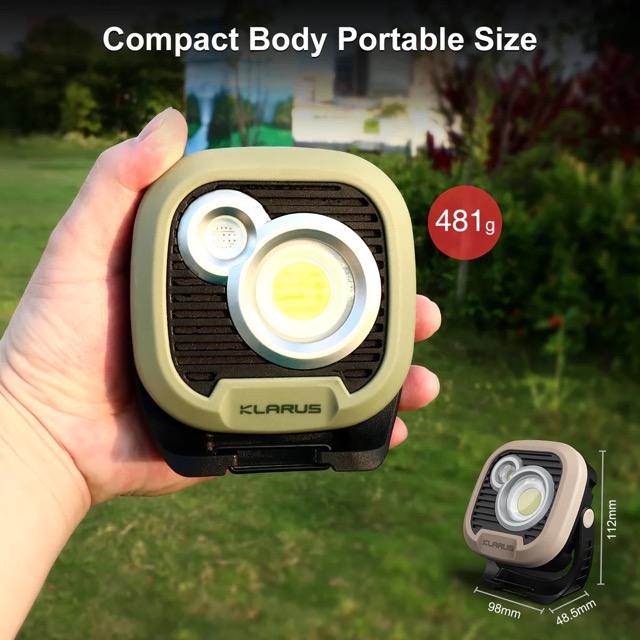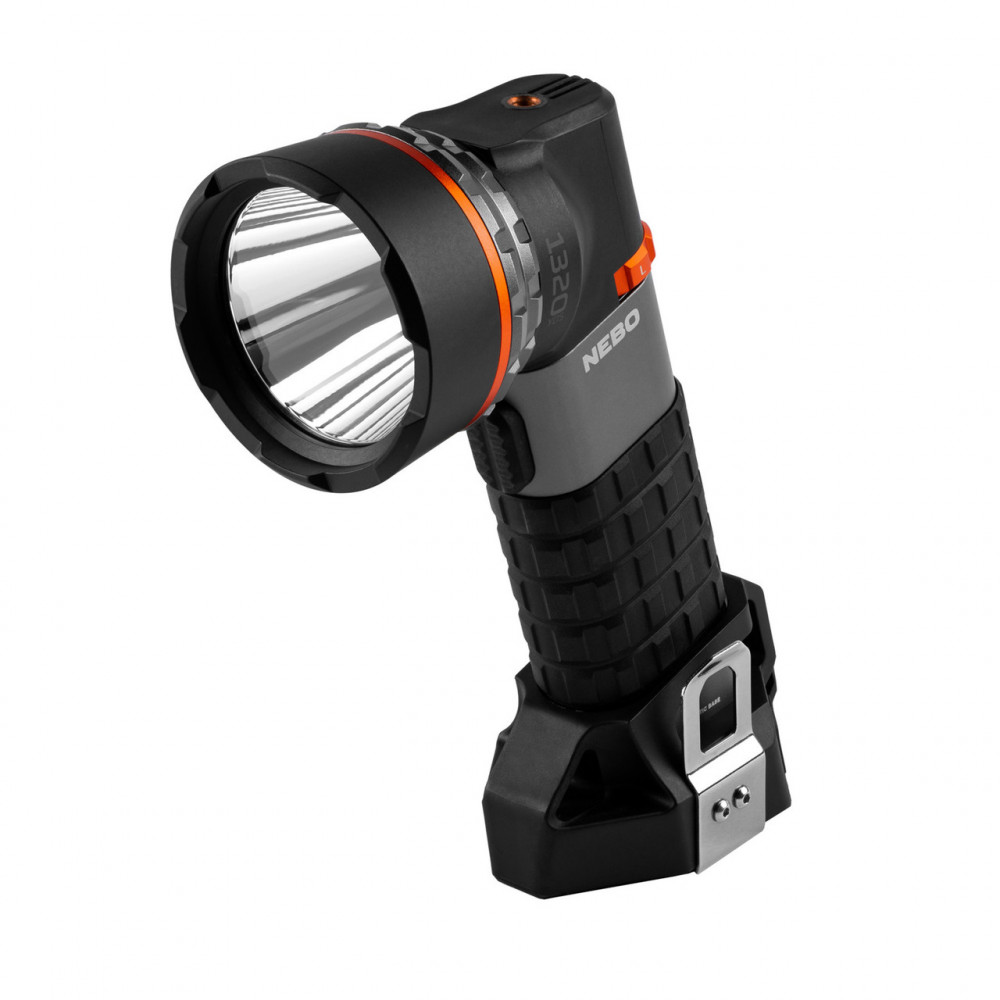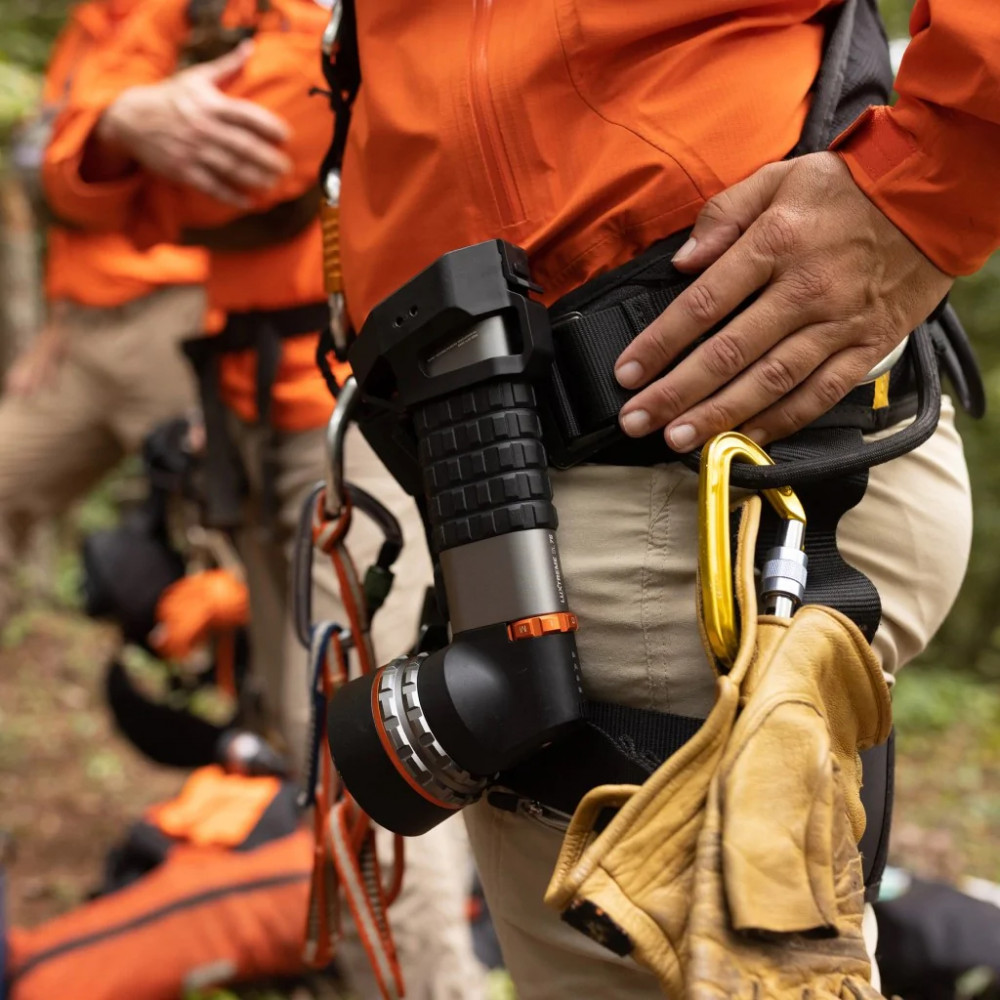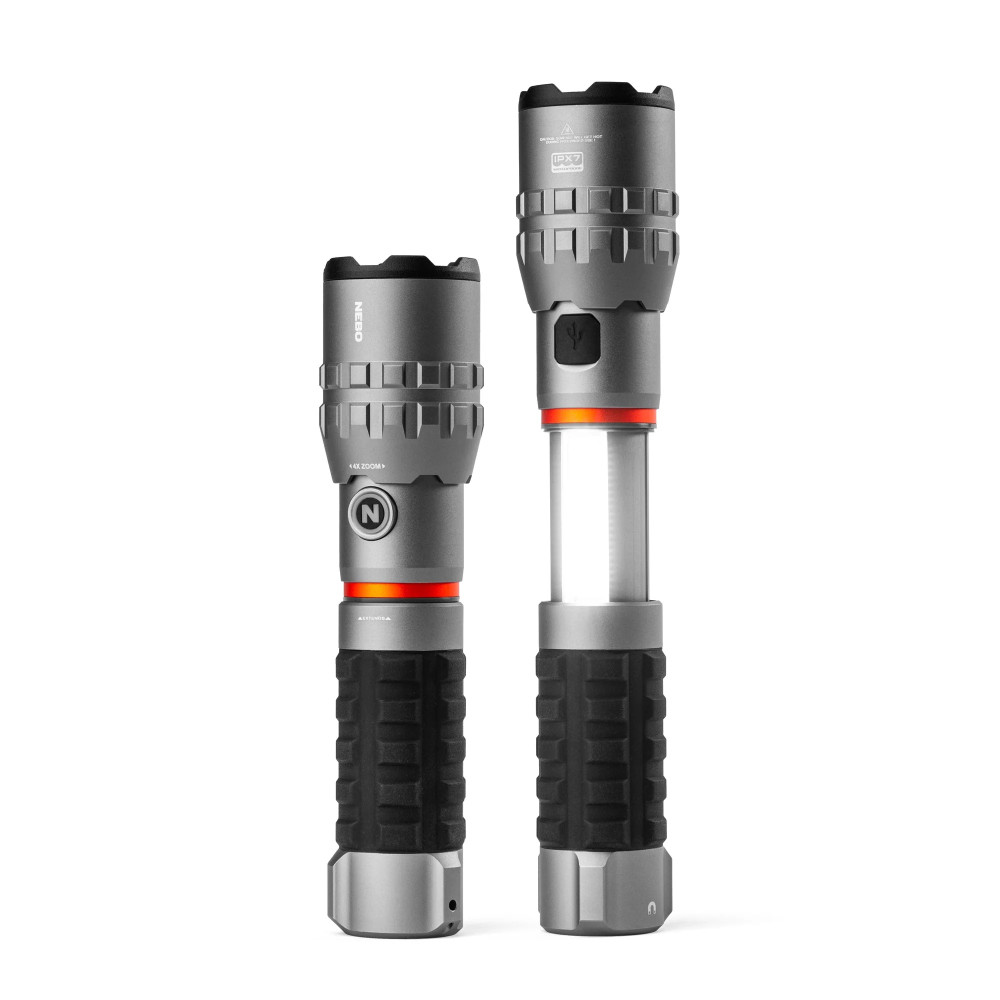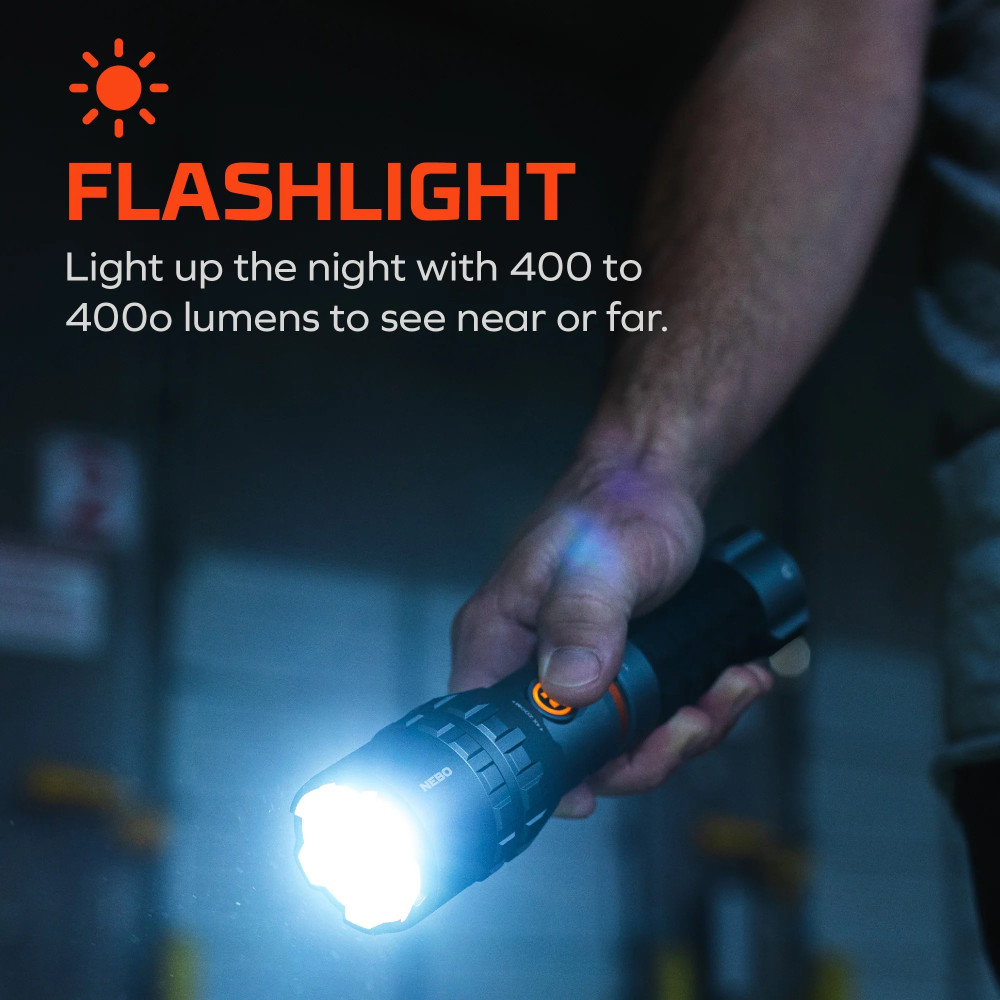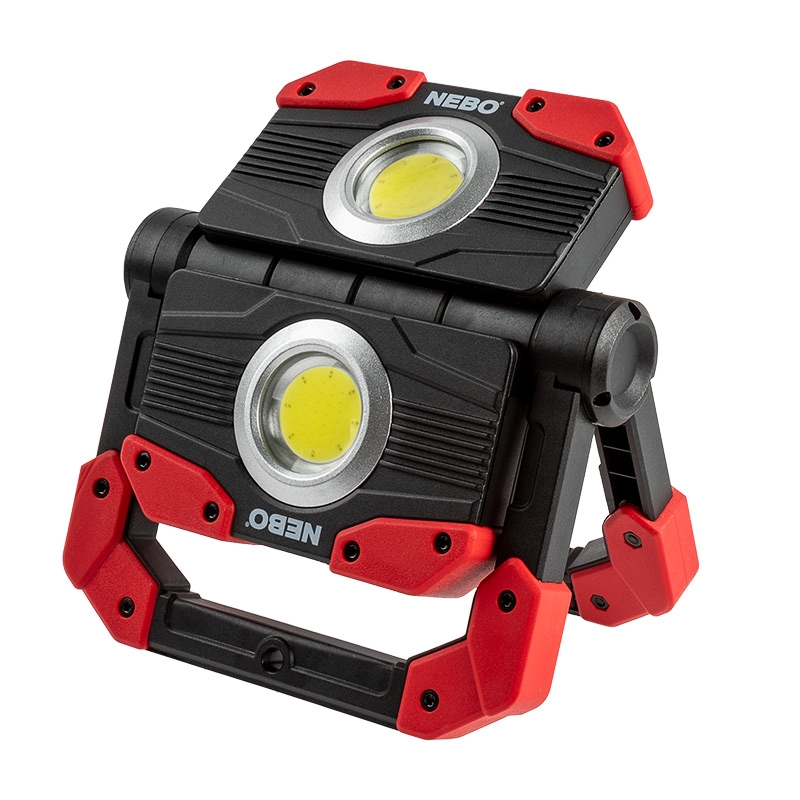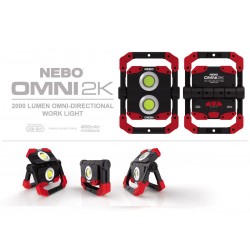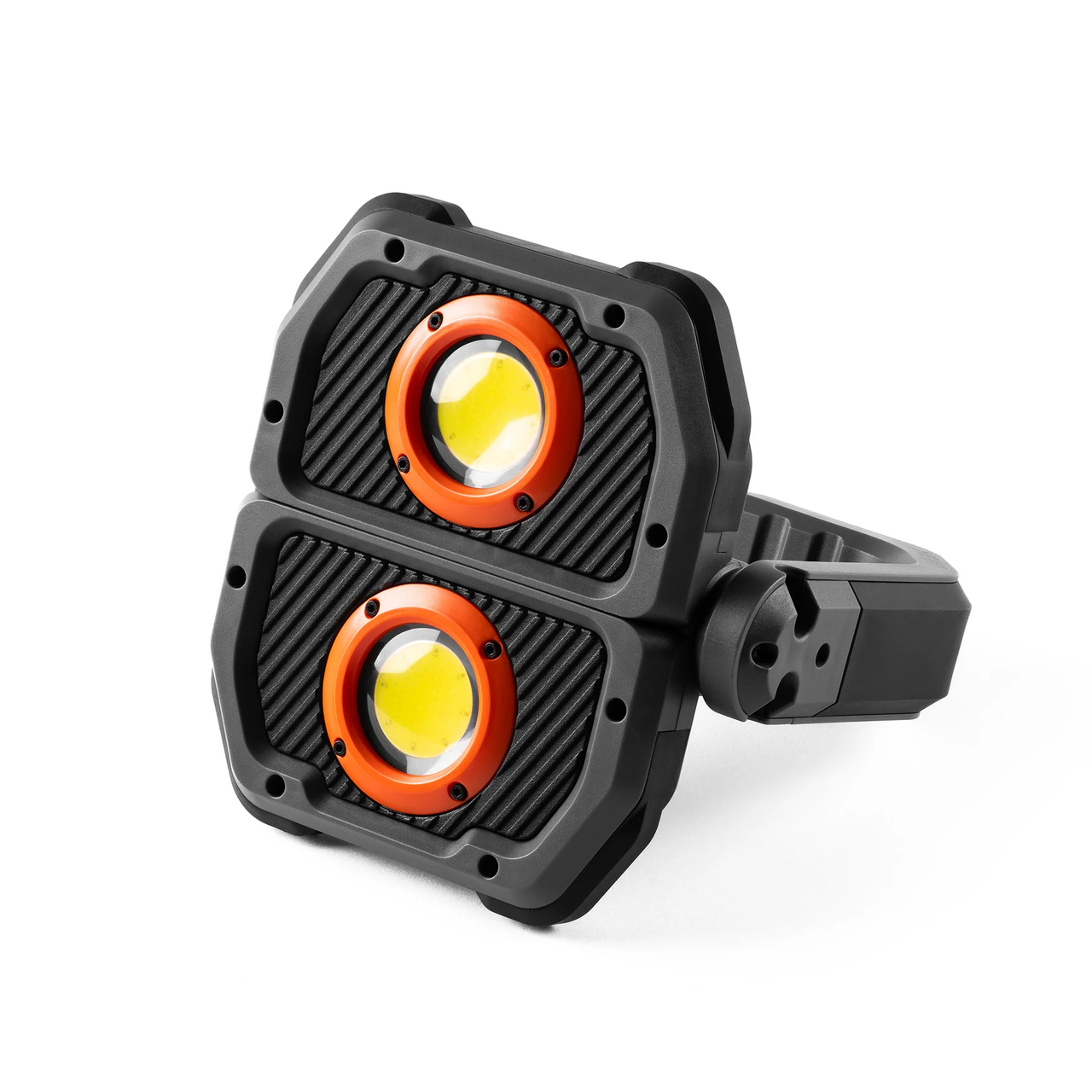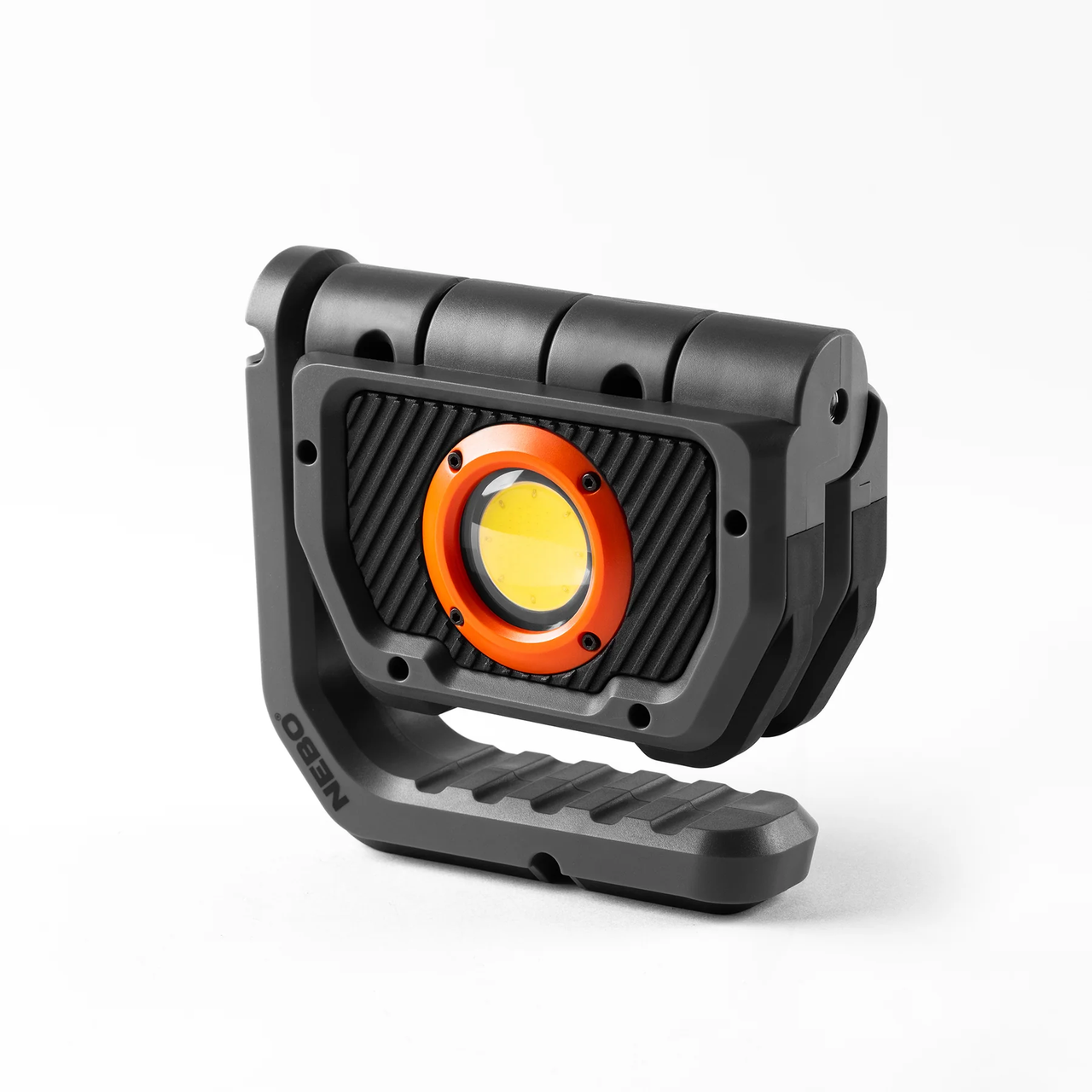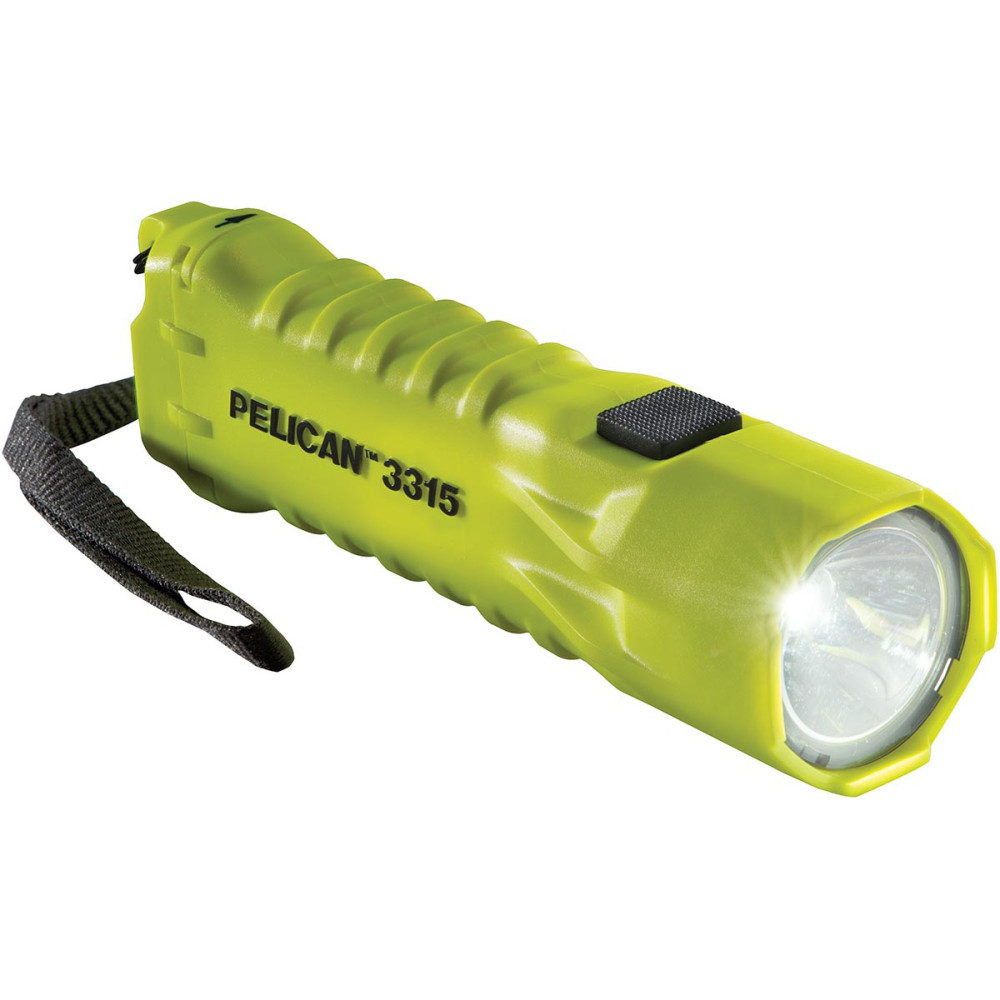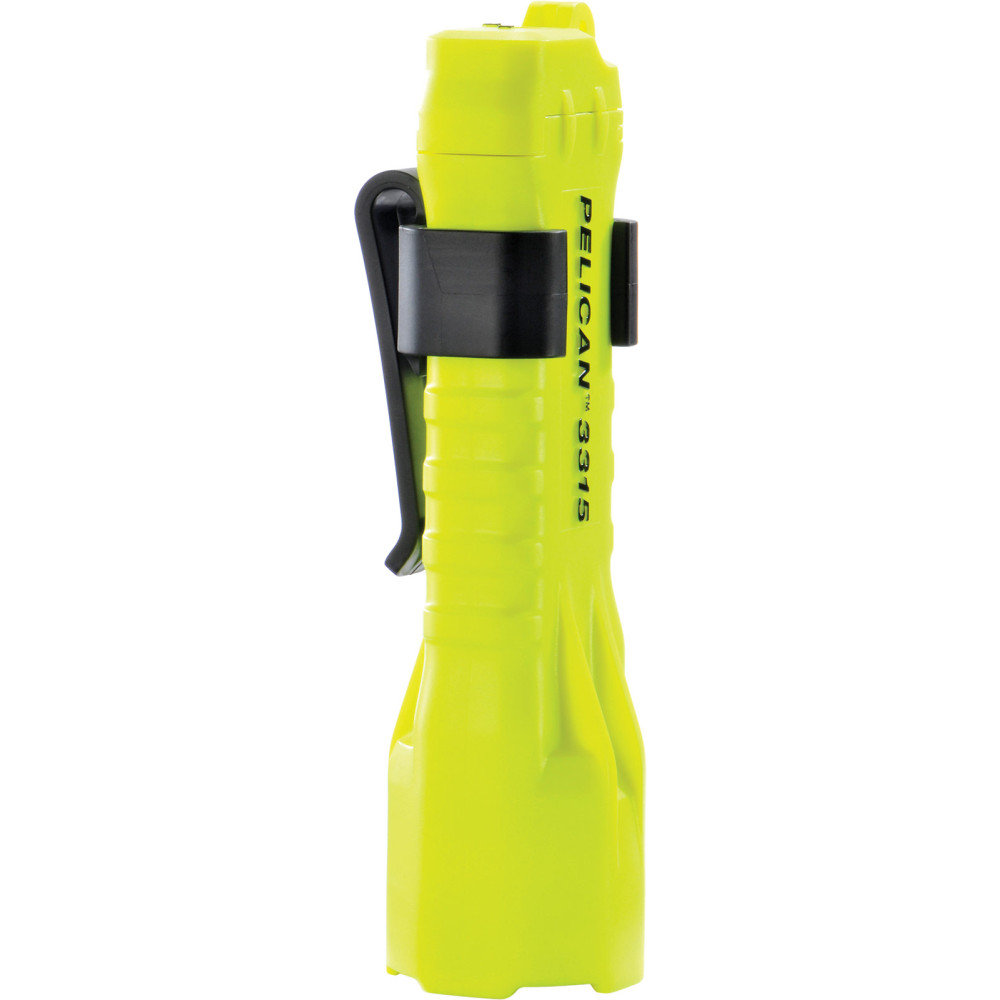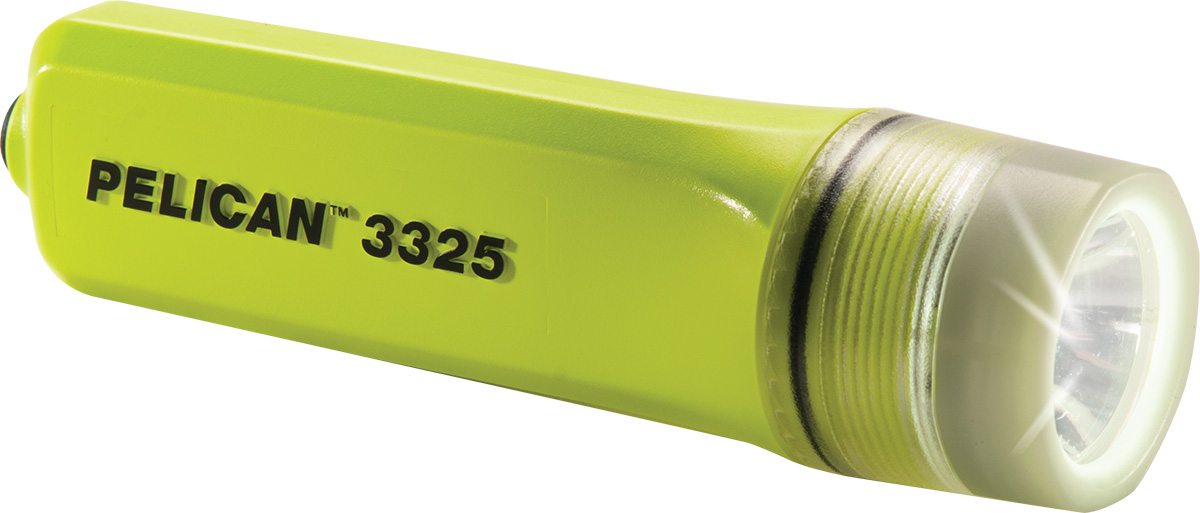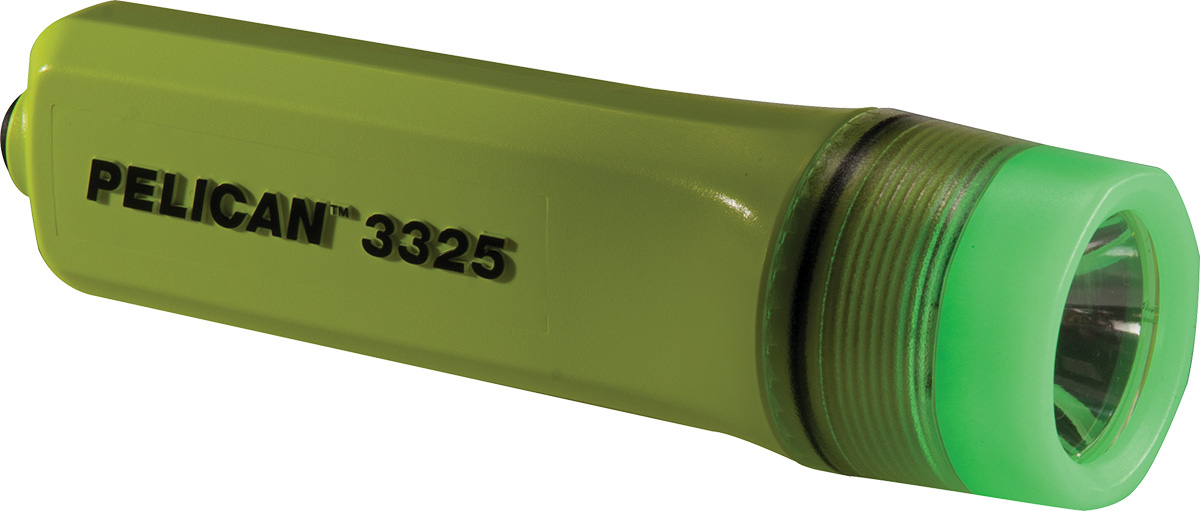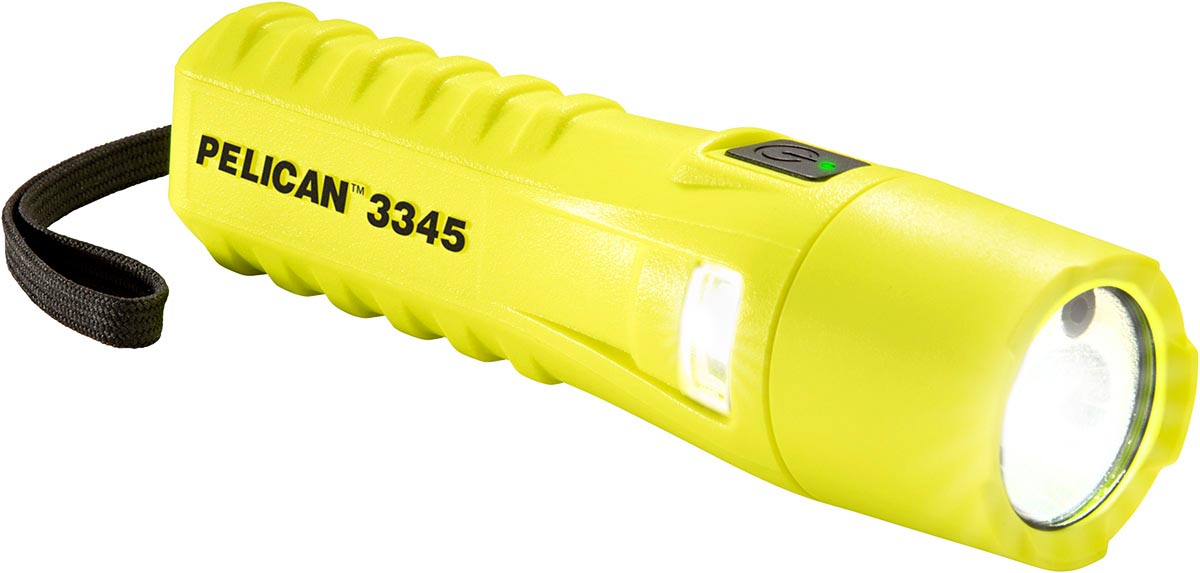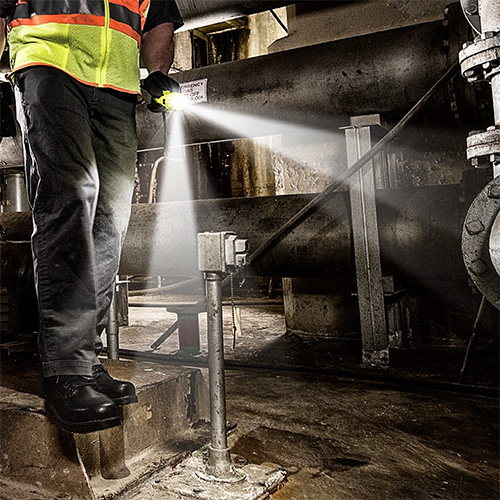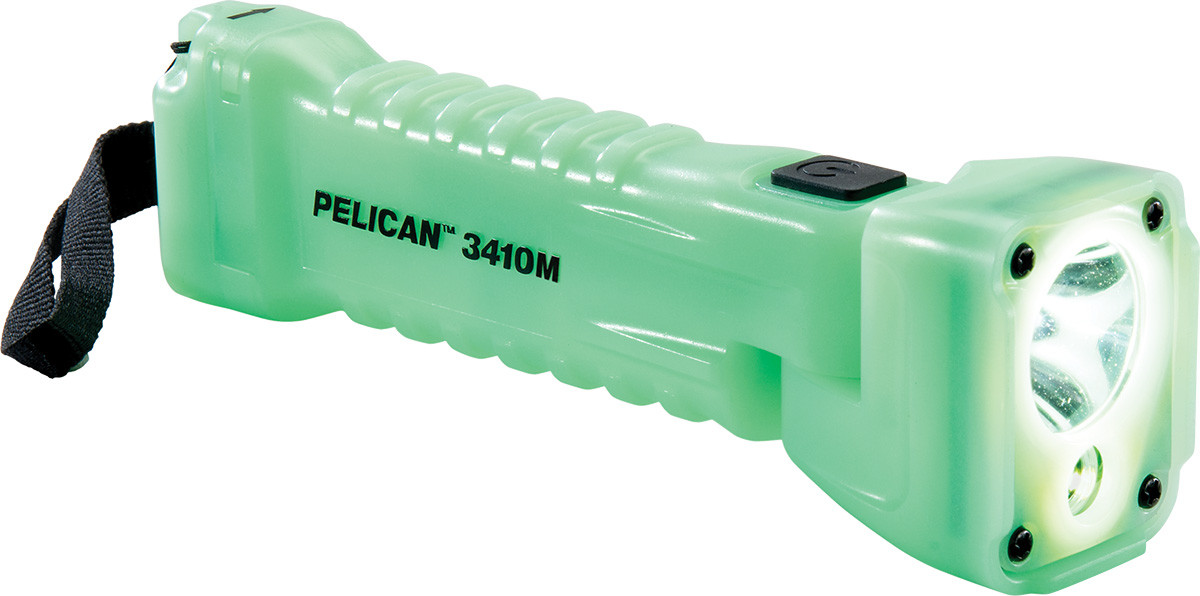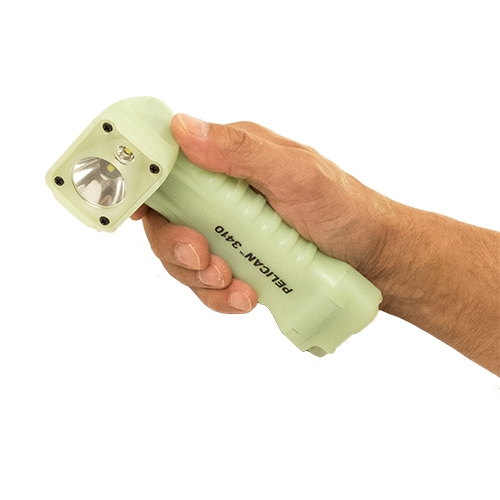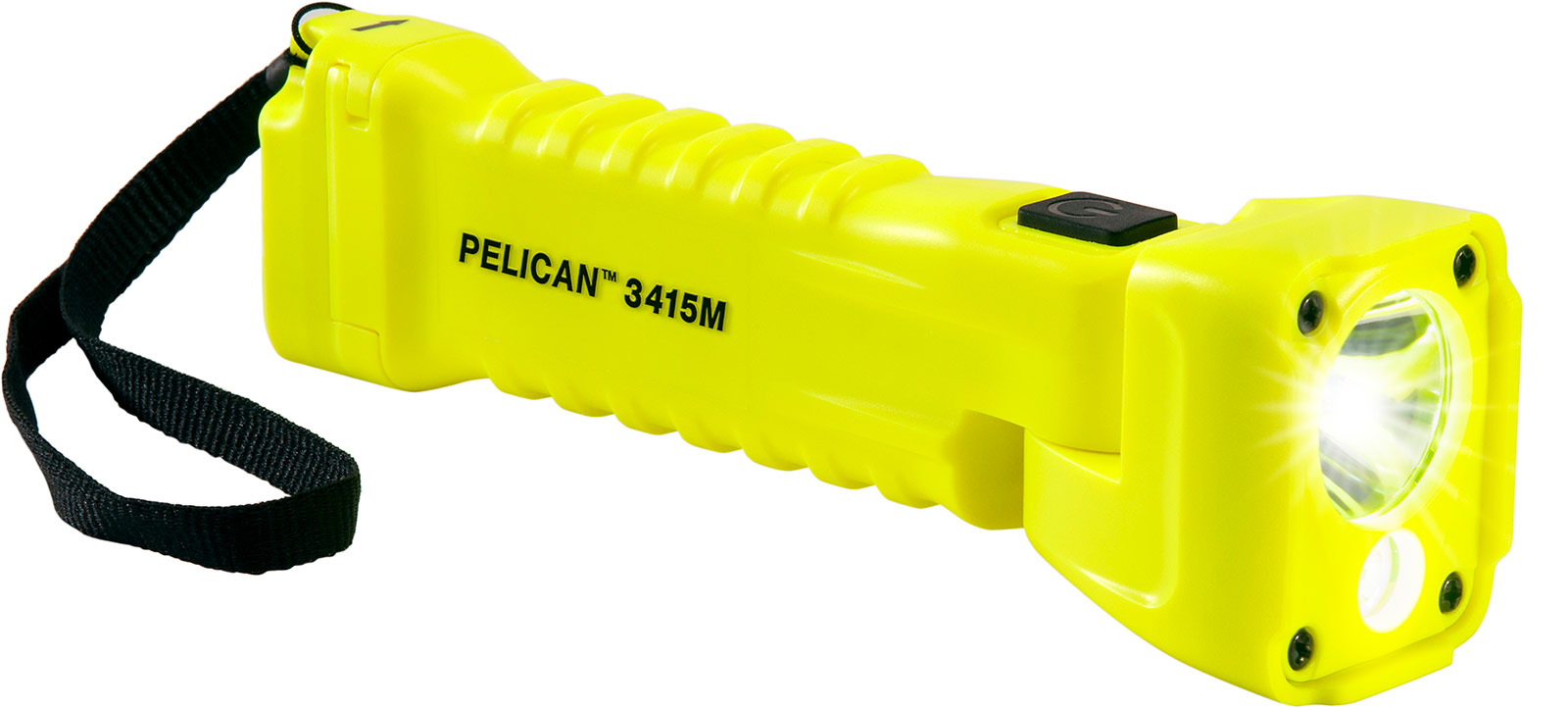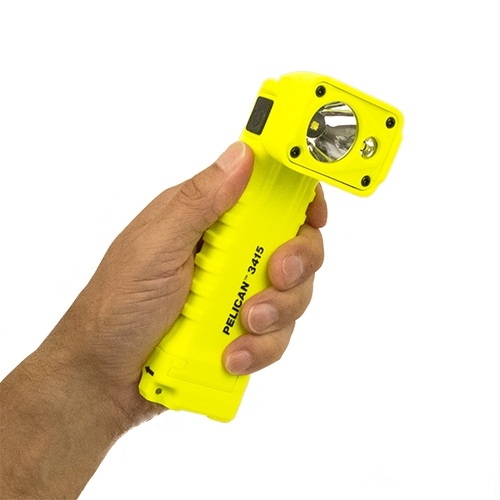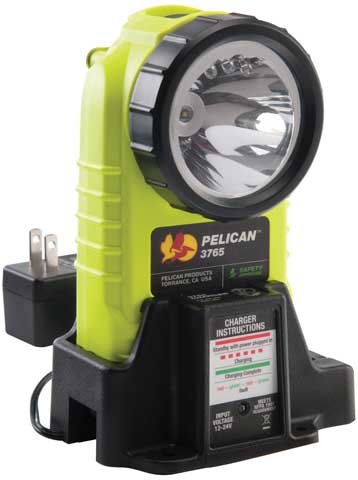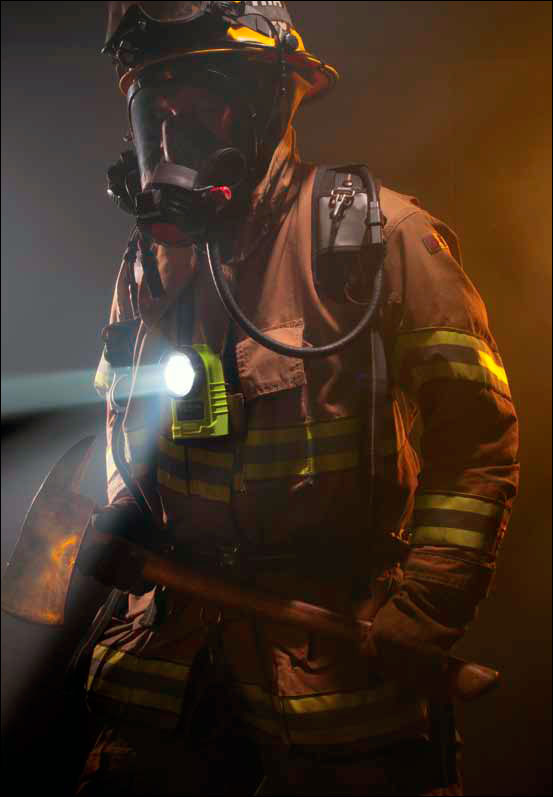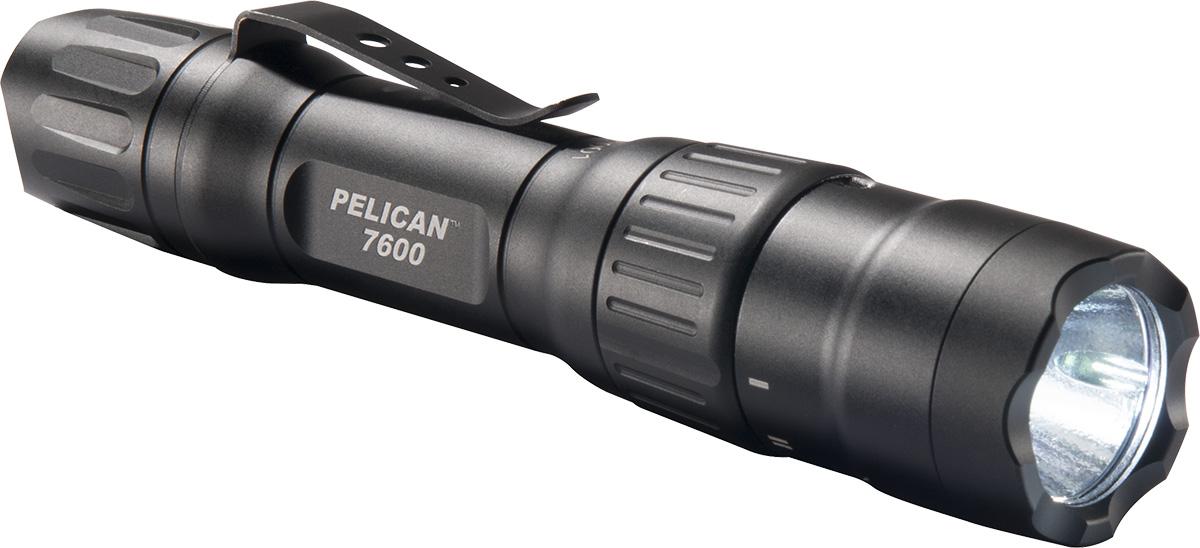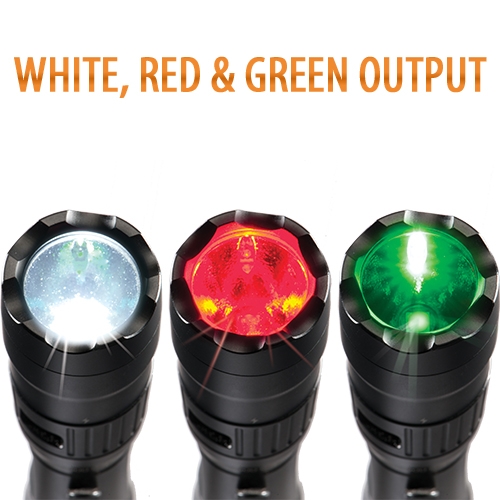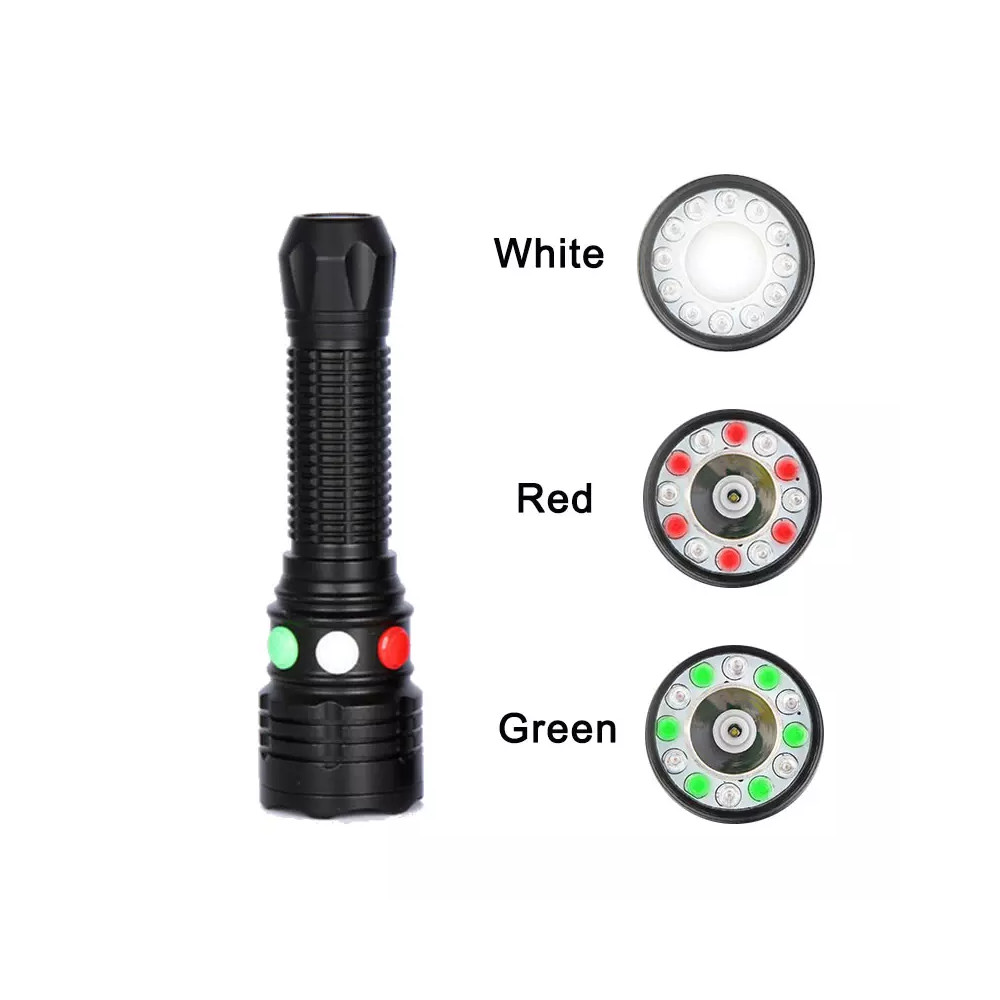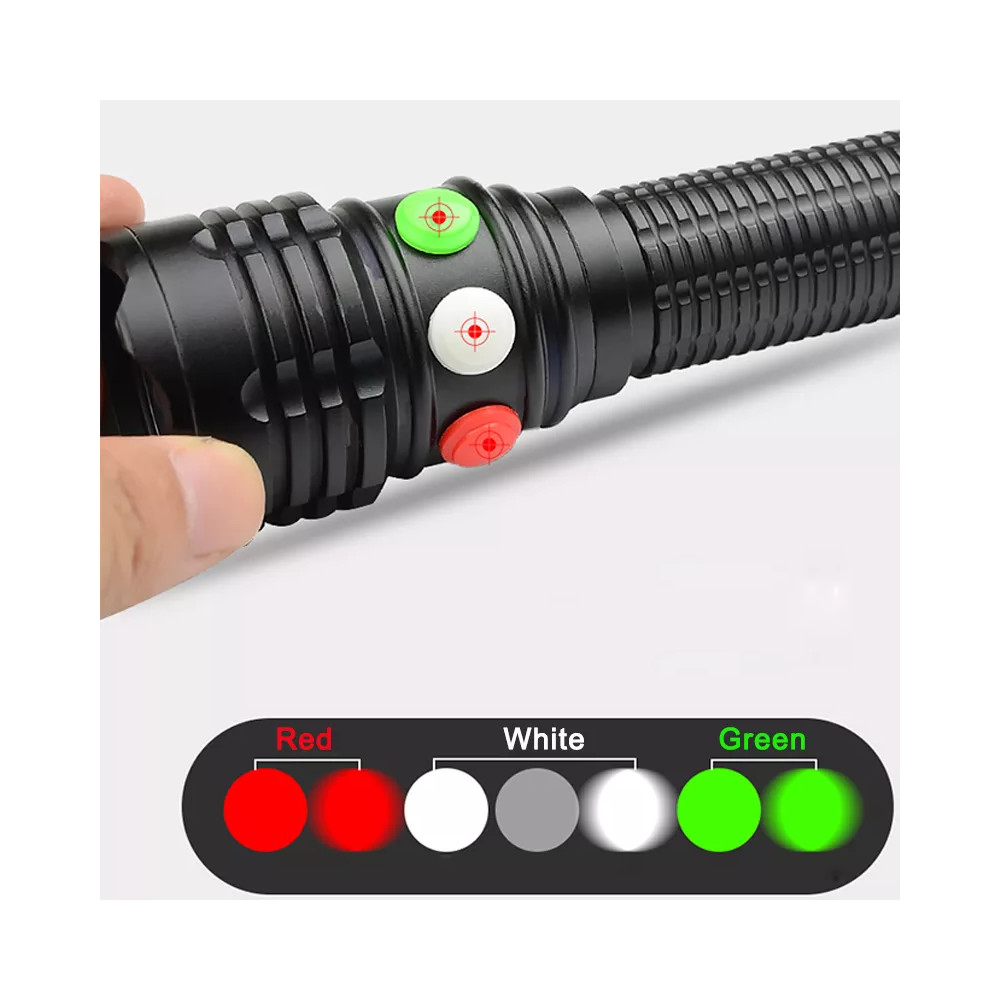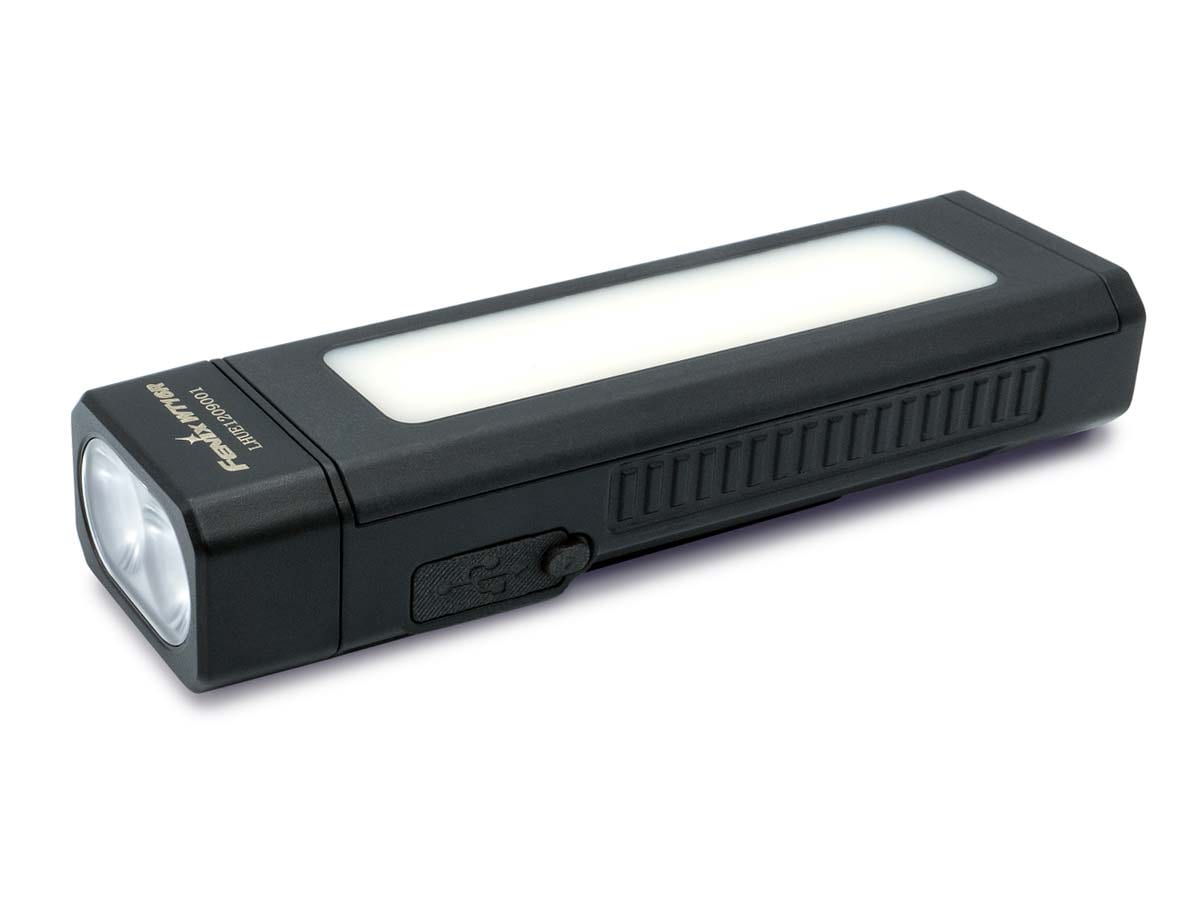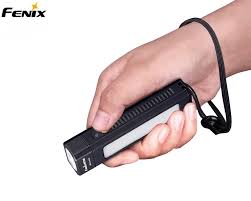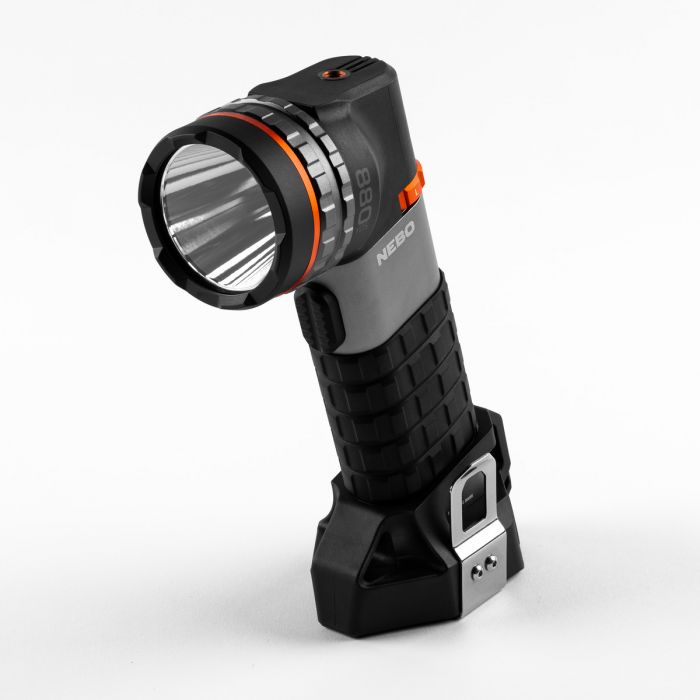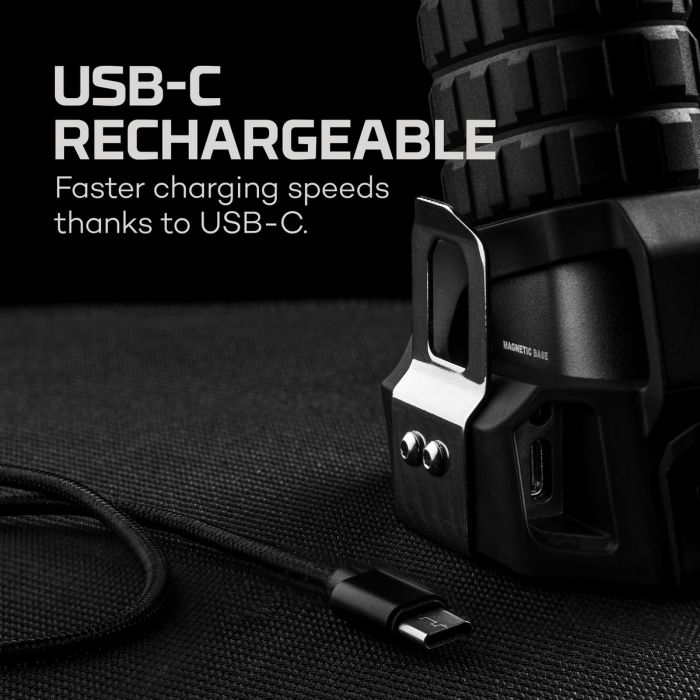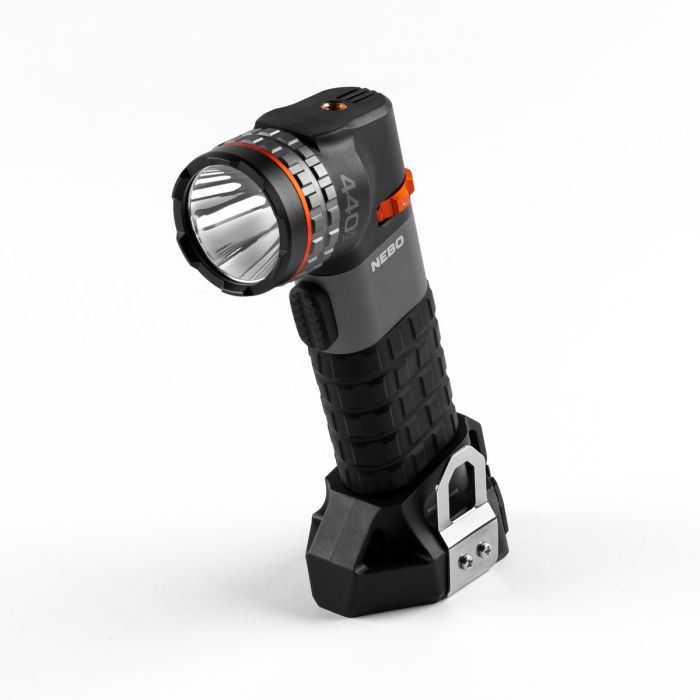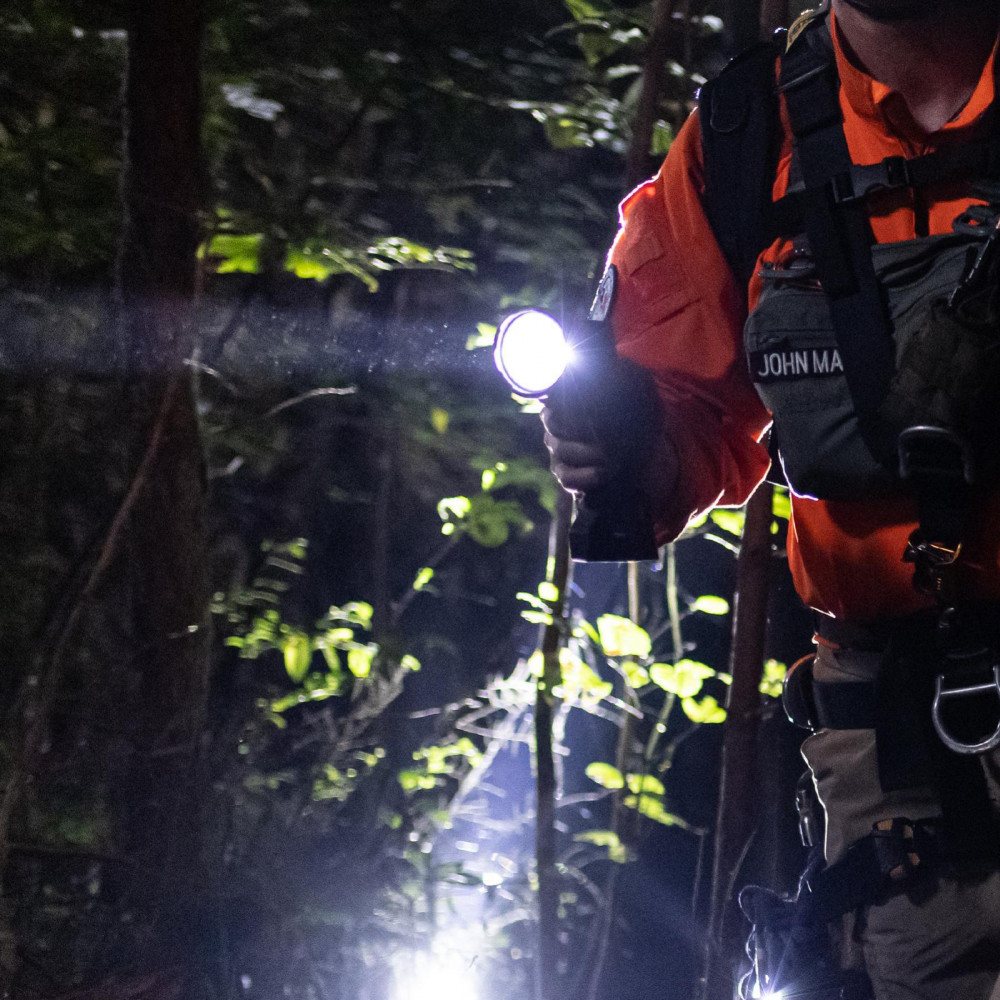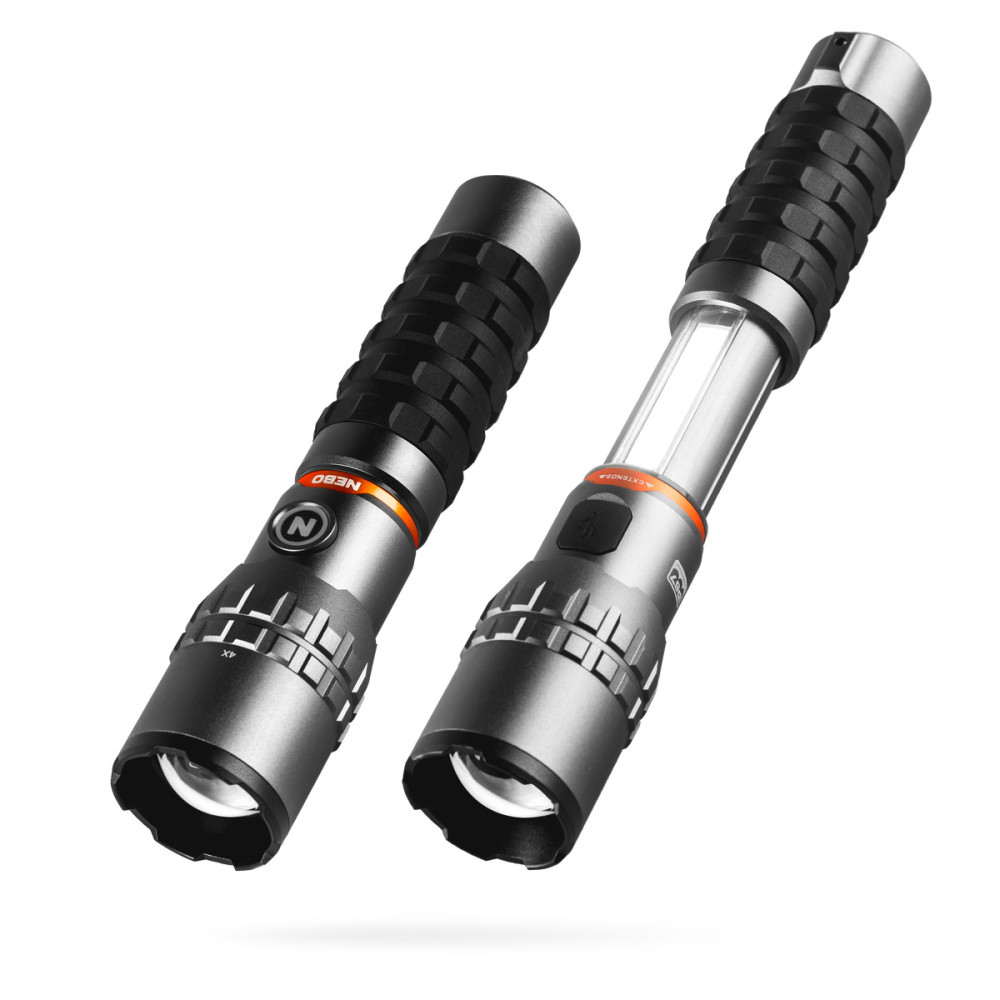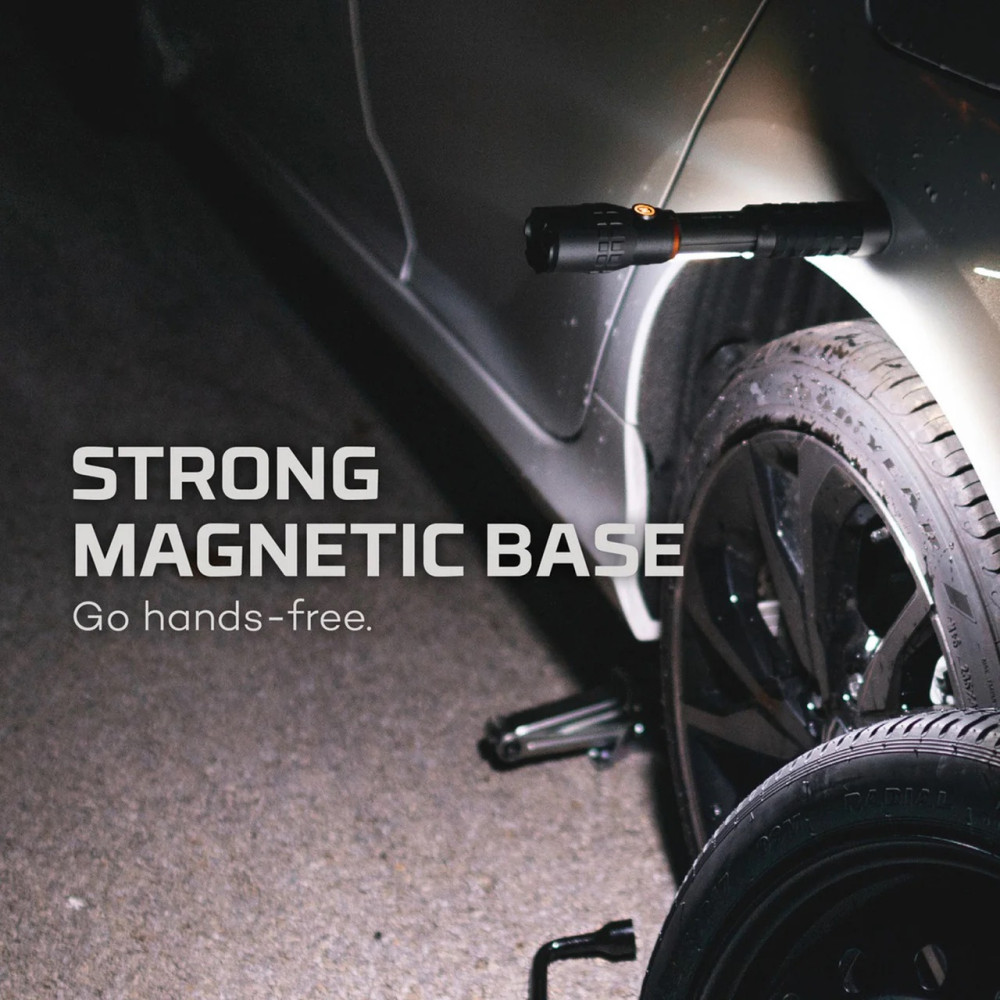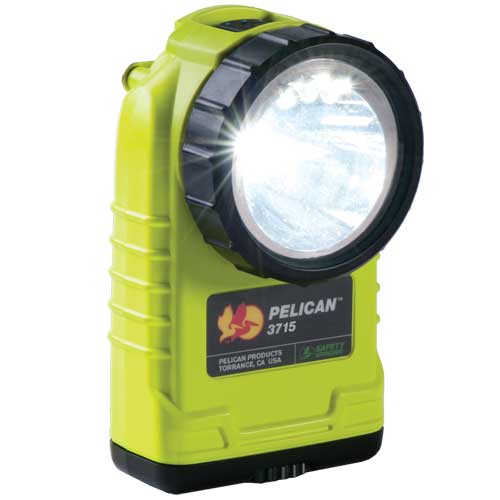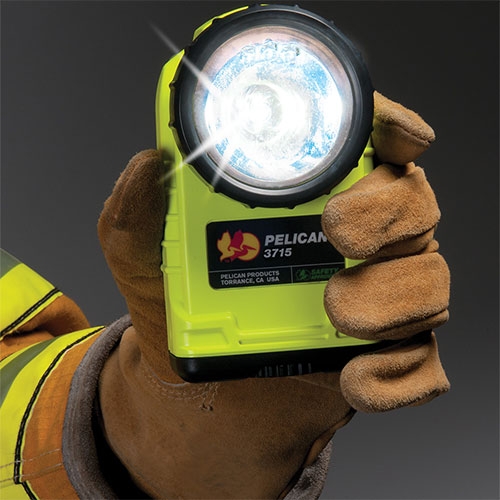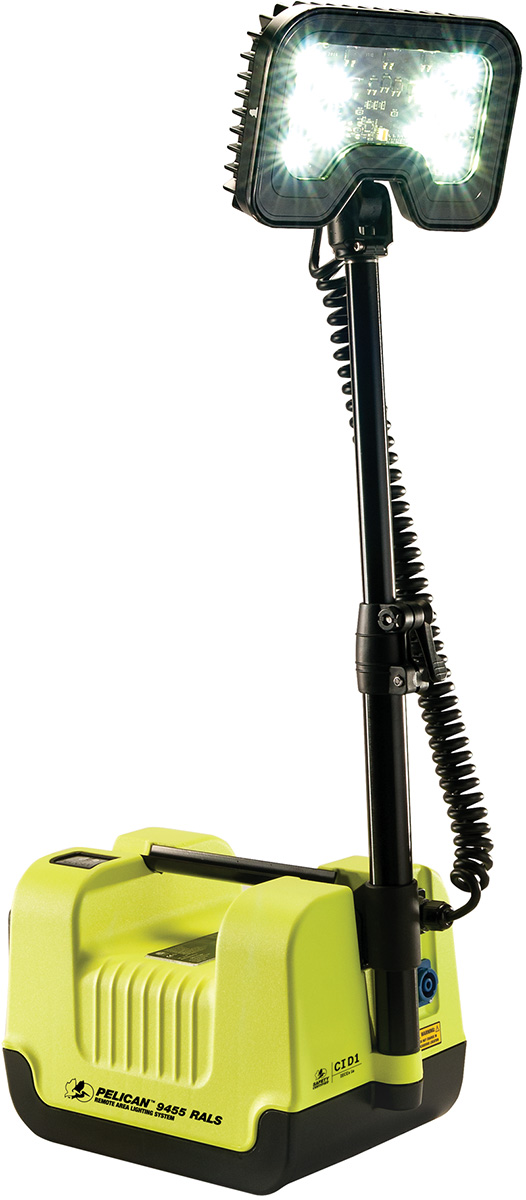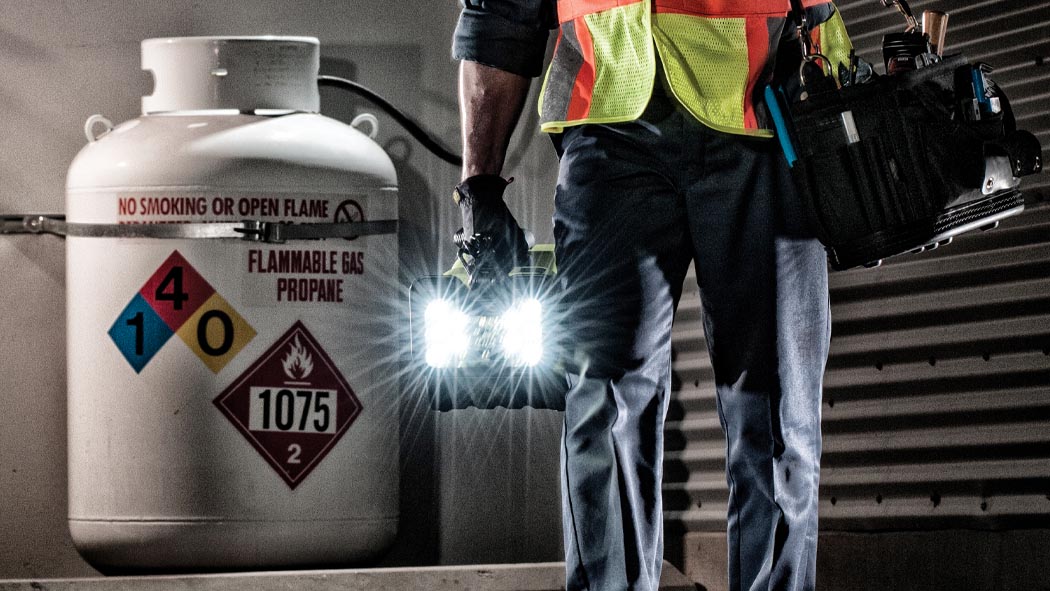What is a work light?
A work light is a type of lighting equipment designed to provide illumination in a specific workspace. These lights are often used in industrial settings, construction sites, and workshops where additional illumination is needed to improve visibility and safety. Work lights can come in many forms, including portable handheld models, stand-mounted units, and larger overhead fixtures. They may use various types of bulbs, such as LED or fluorescent, and may be powered by electricity or batteries. Work lights typically have features like adjustable heads, sturdy frames, and long cords to ensure that they can be positioned and aimed as needed to provide optimal lighting for the task at hand.
Who uses work lights?
Work lights are used by a variety of professionals who work in settings where additional lighting is required to improve visibility and safety. This can include construction workers, mechanics, electricians, plumbers, and handymen, as well as artists, photographers, and filmmakers who require additional lighting when working on their projects. Work lights may also be used in emergency situations, such as search and rescue operations or power outages, to provide temporary lighting until power is restored. In addition, many homeowners and DIY enthusiasts use work lights for home improvement projects, automotive repairs, and other tasks where additional illumination is needed.
What makes work lights unique?
Work lights are unique because they are designed to meet the specific lighting needs of professionals who work in challenging environments. Unlike traditional indoor lighting fixtures that are intended for home or office use, work lights are built to be durable, rugged, and portable, with features like adjustable heads or stands, long cords, and sturdy frames that can withstand the demands of a job site. They are also typically brighter than indoor lighting, providing illumination that is bright enough to effectively light up a work area even in low-light or dark conditions. Work lights may use various types of bulbs, such as LED or fluorescent, that are chosen specifically for their brightness and durability, and they can be powered by electricity or batteries depending on the application. All of these factors combine to make work lights uniquely suited for the needs of professionals who require high-quality, reliable lighting solutions for their work.
Benefits of work lights
There are several benefits of using work lights, including:
-
Improved visibility: Work lights provide bright and focused illumination that improves visibility in low-light or dark conditions, making it easier to see the details of the task at hand.
-
Increased safety: By providing better lighting, work lights can help prevent accidents and injuries that can occur when working in low-light environments.
-
Greater productivity: With improved visibility and safety, workers are able to work more efficiently and productively, completing tasks more quickly and accurately.
-
Portability: Many work lights are designed to be portable, with features like adjustable heads or stands and long cords, making them easy to move around and position as needed for optimal lighting.
-
Durability: Work lights are typically built to withstand the demands of a job site, with sturdy frames and other features that make them resistant to damage from impacts, dust, and other environmental factors.
-
Energy efficiency: Many work lights use LED bulbs, which are energy efficient and long lasting, making them a cost-effective choice for professional and home use.
Overall, work lights are an essential tool for anyone who works in low-light or dark environments, providing the brightness and durability needed to get the job done safely and efficiently.
Types of work lights
There are several types of work lights available on the market, each with their own unique features and benefits. Here are some common types of work lights:
-
Handheld work lights: These lights are portable and designed to be held in one hand while working. They typically have a handle or grip that is comfortable to hold, and may have a hook or magnet for hands-free use.
-
Stand-mounted work lights: These lights are designed to be mounted on a stand or tripod, and are typically larger and more powerful than handheld lights. They may have adjustable heads or stands that can be positioned as needed for optimal lighting.
-
Clamp-on work lights: These lights are designed to be clamped onto a surface, such as a table or workbench, and are ideal for providing localized illumination for specific tasks.
-
Floodlights: Floodlights are large, powerful lights that are typically used to illuminate a larger area, such as a parking lot or construction site. They may be mounted on a pole or stand, and are often used for outdoor applications.
-
Task lights: Task lights are designed to provide focused illumination for specific tasks, such as reading or sewing. They may be smaller and less powerful than other types of work lights, but are still an important tool for those who require precise lighting in their work.
These are just a few examples of the many types of work lights available on the market, each with their own unique features and benefits.
What makes work lights different to regular torches?
Work lights are different from regular torches in several ways. Here are some key differences:
-
Brightness: Work lights are typically much brighter than regular torches, providing more focused and intense illumination for a larger area.
-
Durability: Work lights are designed to be more durable and rugged than regular torches, with features like sturdy frames, impact-resistant lenses, and water-resistant casings that can withstand the demands of a job site.
-
Power source: While both work lights and torches may be powered by batteries, work lights are often designed to be powered by electricity, which provides a more reliable and consistent source of power. This is important because work lights are often used for extended periods of time and need to provide a consistent level of illumination.
-
Portability: While work lights can be portable, they are often larger and heavier than regular torches, which are designed to be handheld and easily carried in a pocket or bag.
-
Lighting angle: Work lights typically have a wider beam angle than regular torches, which means they can illuminate a larger area with a single light source.
Overall, while both work lights and regular torches are useful tools for providing illumination in low-light or dark conditions, work lights are specifically designed to meet the unique needs of professionals who work in challenging environments and require bright, durable, and reliable lighting solutions.

